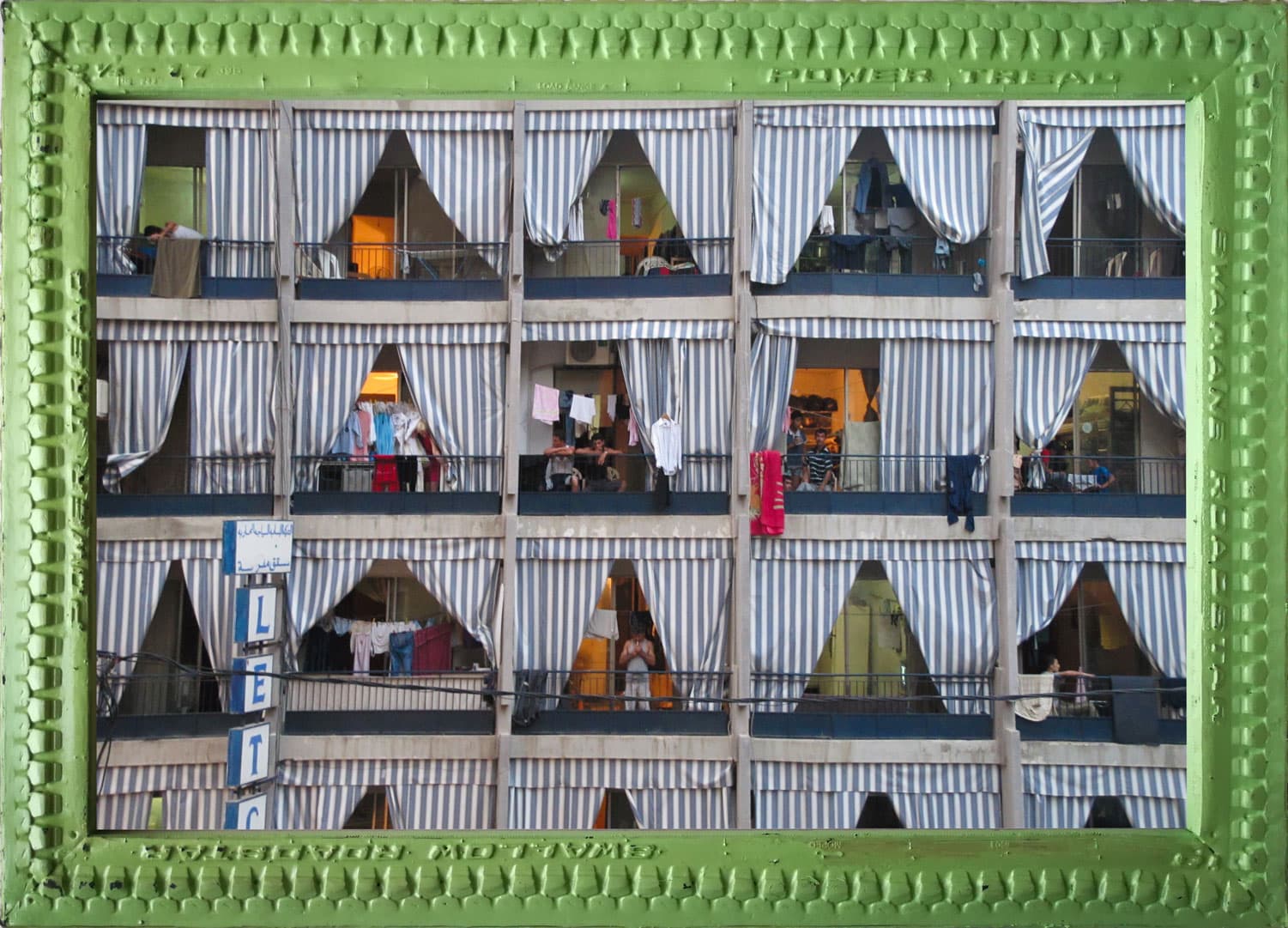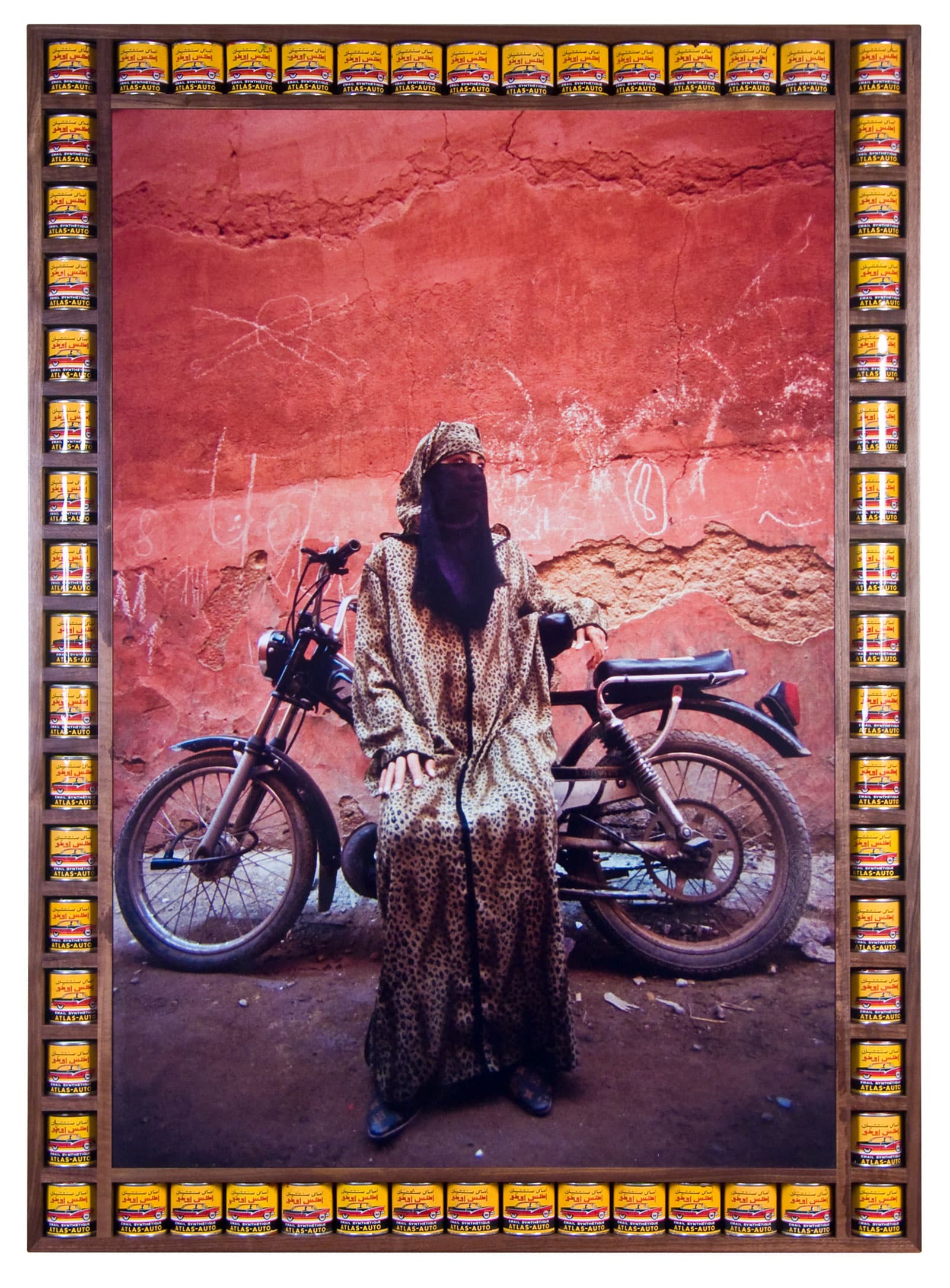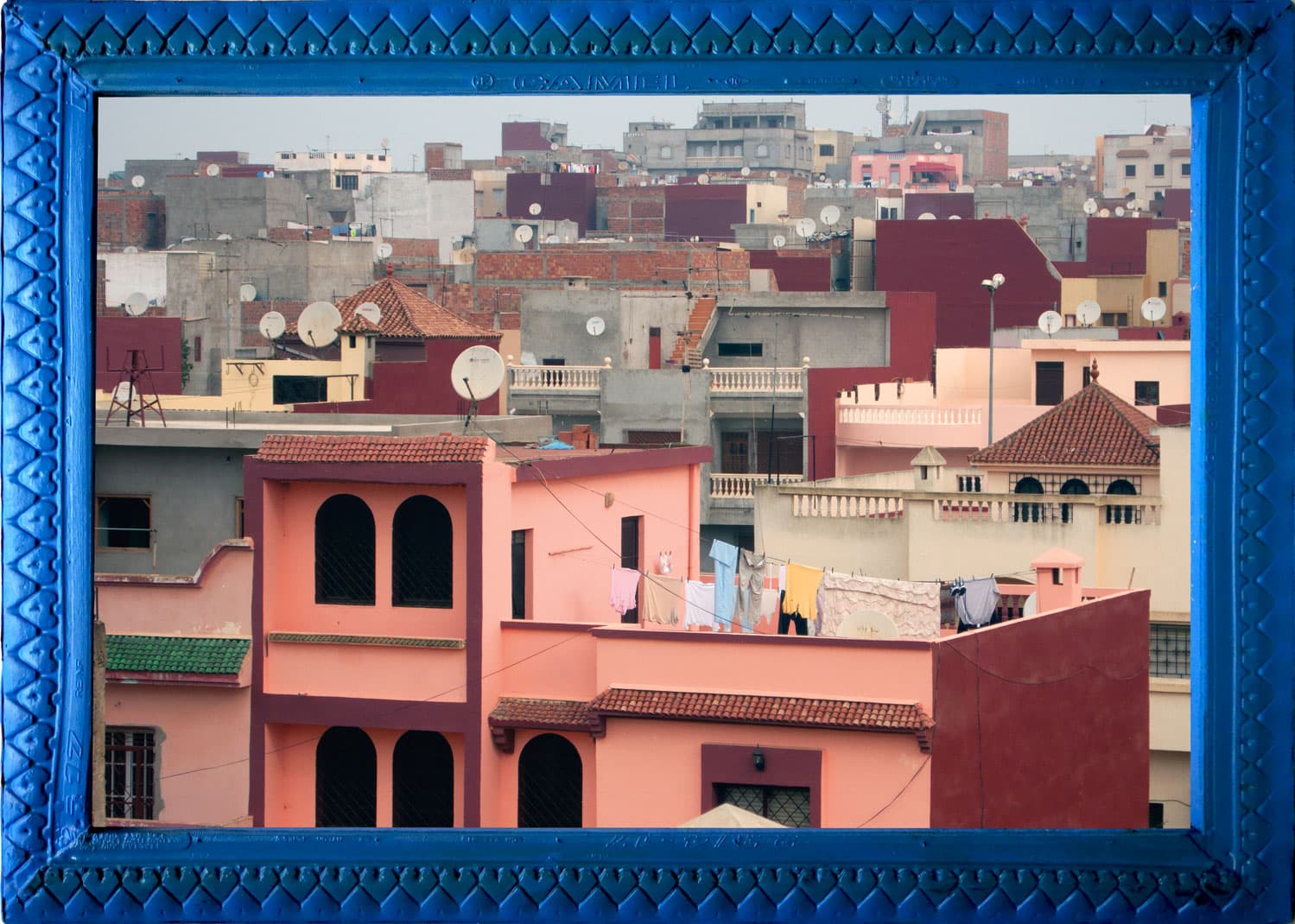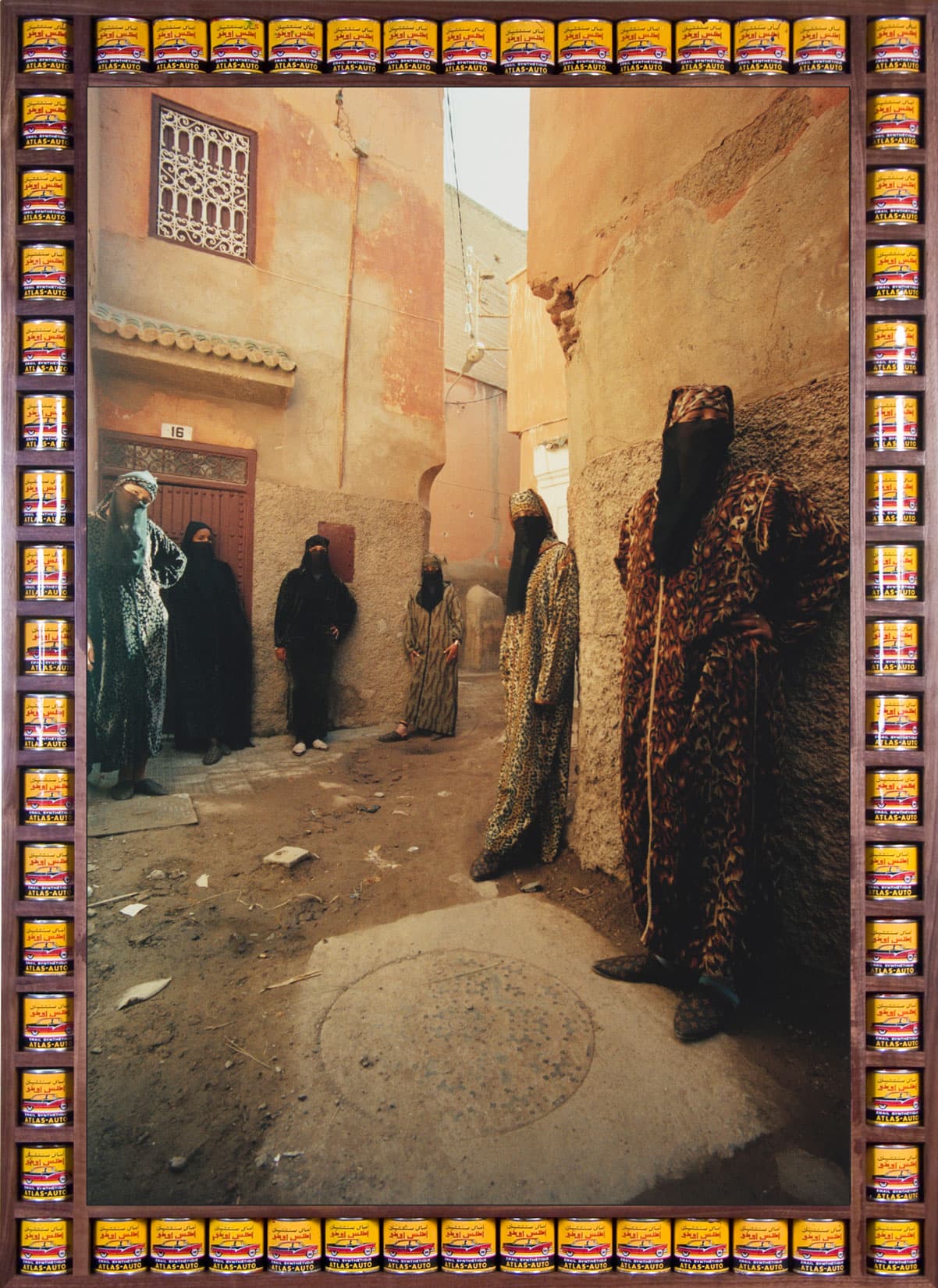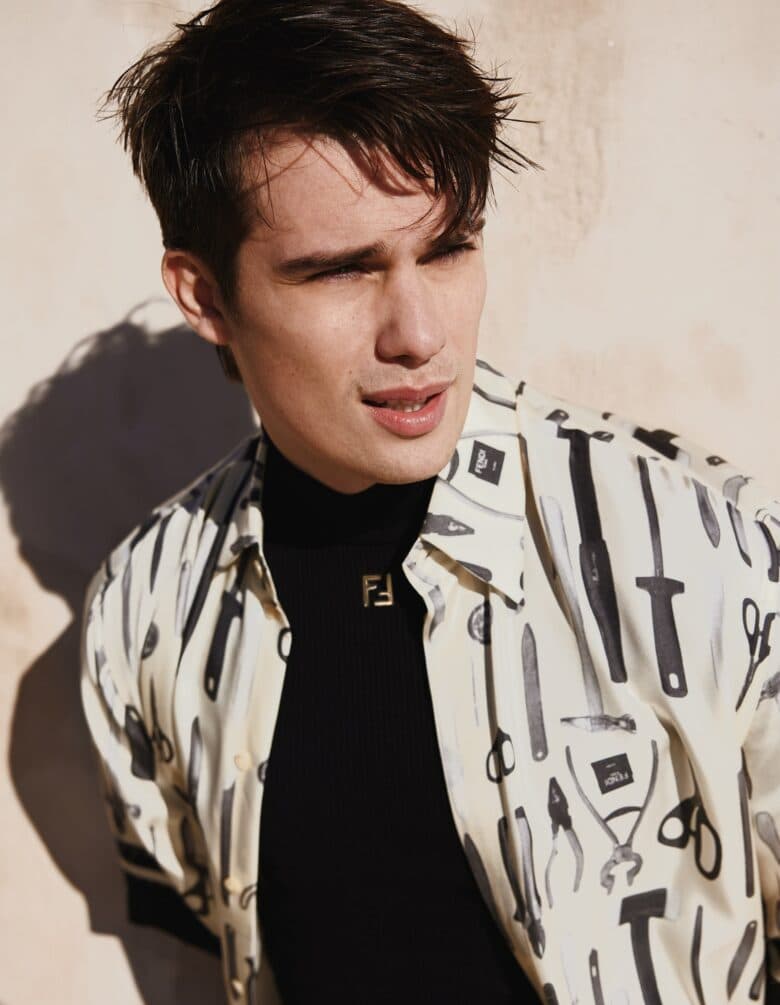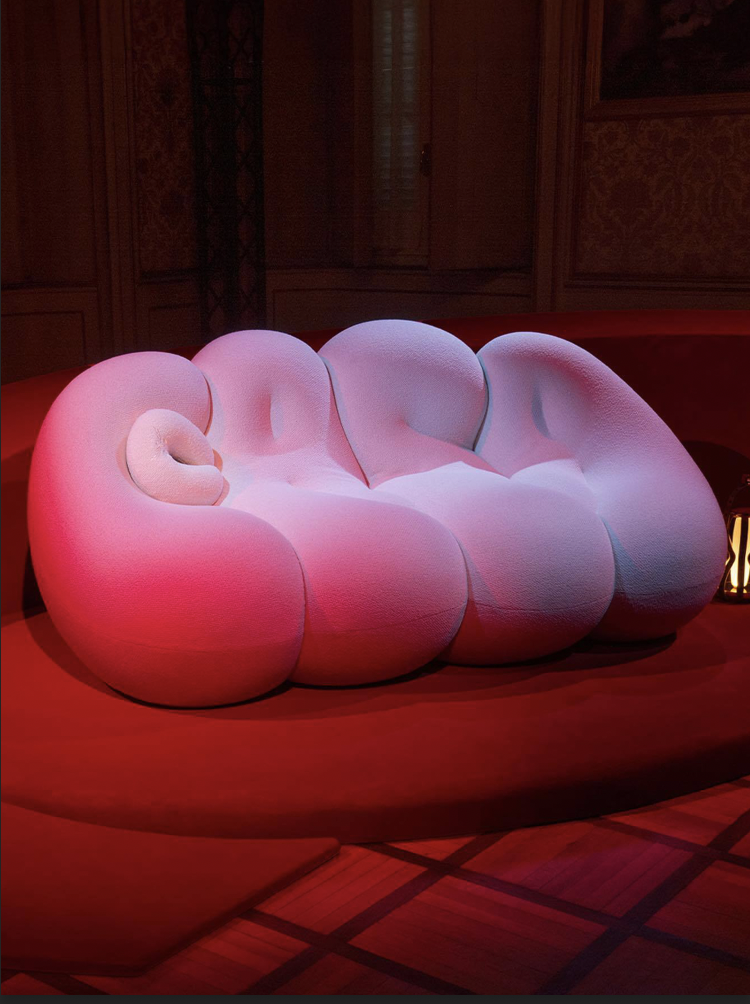Hassan Hajjaj captures the beauty of the global diaspora
There’s an unmistakeable joy in Hassan Hajjaj’s images. Whether photographing the biker girl gangs of Marrakech, or pop music icons like Madonna and Cardi B, the Morrocan-British photographer captures all of his subjects with the kind of reverence that’s usually reserved for royalty.
Since he first picked up the camera in the early 1990s, Hassan has created a vision that is truly global – all embracing with no distinctions. Fine art meets pop, high end meets high street, North African heritage meets street style, local hero meets celebrity. It makes sense given his previous life running his own streetwear label R.A.P in London (which he relaunched in 2016), at a time when London was the cultural epicentre of music and street culture with Soul II Soul, London posse and pirate radio leading the wave.
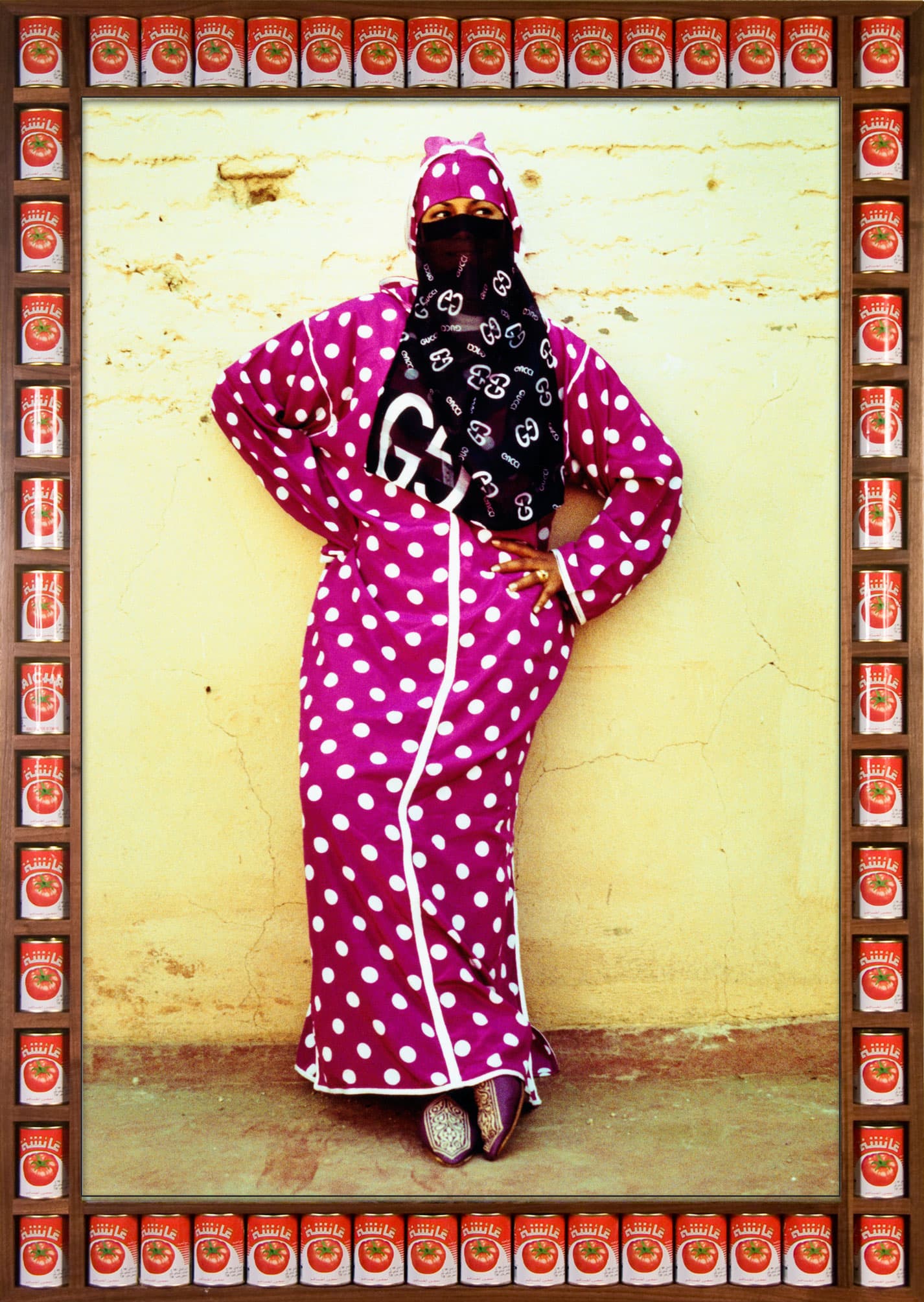
Moving to west London from Northern Morocco at age 14, Hassan’s work has continued a dialogue with his homeland and the larger African and Arabic diaspora ever since in bold, glorious colour. It’s a conversation that feels more vital than ever in these troubling times and one that’s celebrated in The Path – a new exhibition at Nottingham’s New Art Exchange curated by Ekow Eshun and showcasing a diverse wealth of the artist’s works.
Hello Hassan, tell us about ‘The Path’ and what we can expect to experience at the exhibition?
This exhibition tells the story of my journey between my two homes, Morocco and the UK, focusing on the duality of my nationality. I’m going to show several series of photographs, including My Rockstars, Dakka Marrakchia and also Between, which I’m excited to be showing for the first time in the UK.
You have incorporated ‘Between’, a series around landscape and place which is a bit of a departure from the portraiture we know you far, what did you want to explore in these images?
I have been wanting to show this series in the UK for a while, so that people can see the variety in my work. ‘Between’ explores the concept of ‘timing’ – I chose photographs I had taken amidst my travels which do not have a photoshoot set up, they can be taken from the cab I’m travelling in or a cafe I’m sitting at. Ekow Eshun, the curator of the show, really wanted to show this part of my journey as a visual artist but also as an ordinary person. When putting together this collection, I reflected on my travels through Africa and the Middle East – I wanted to show the intimacies of everyday life.
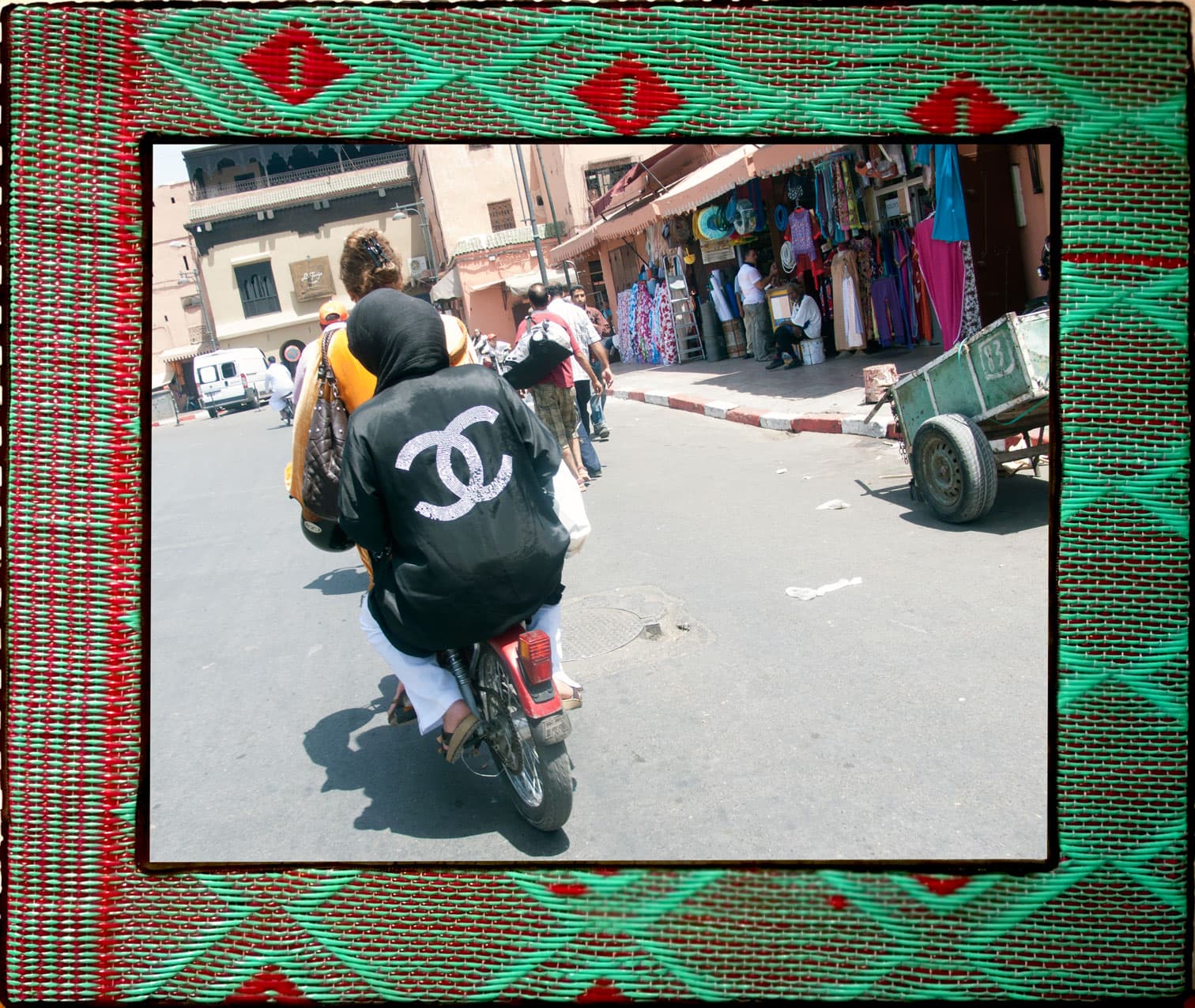
What draws you to a particular subject?
It could be anything, from a person, a landscape, textiles, film or design.
Each of your images conveys a great sense of joy and strength – are there any particular rituals you have to draw this out? Do people open up to you often?
Everyone I work with has a spark that I try to capture in my images. I think it’s important to establish a sense of trust with your model, helping them feel comfortable.
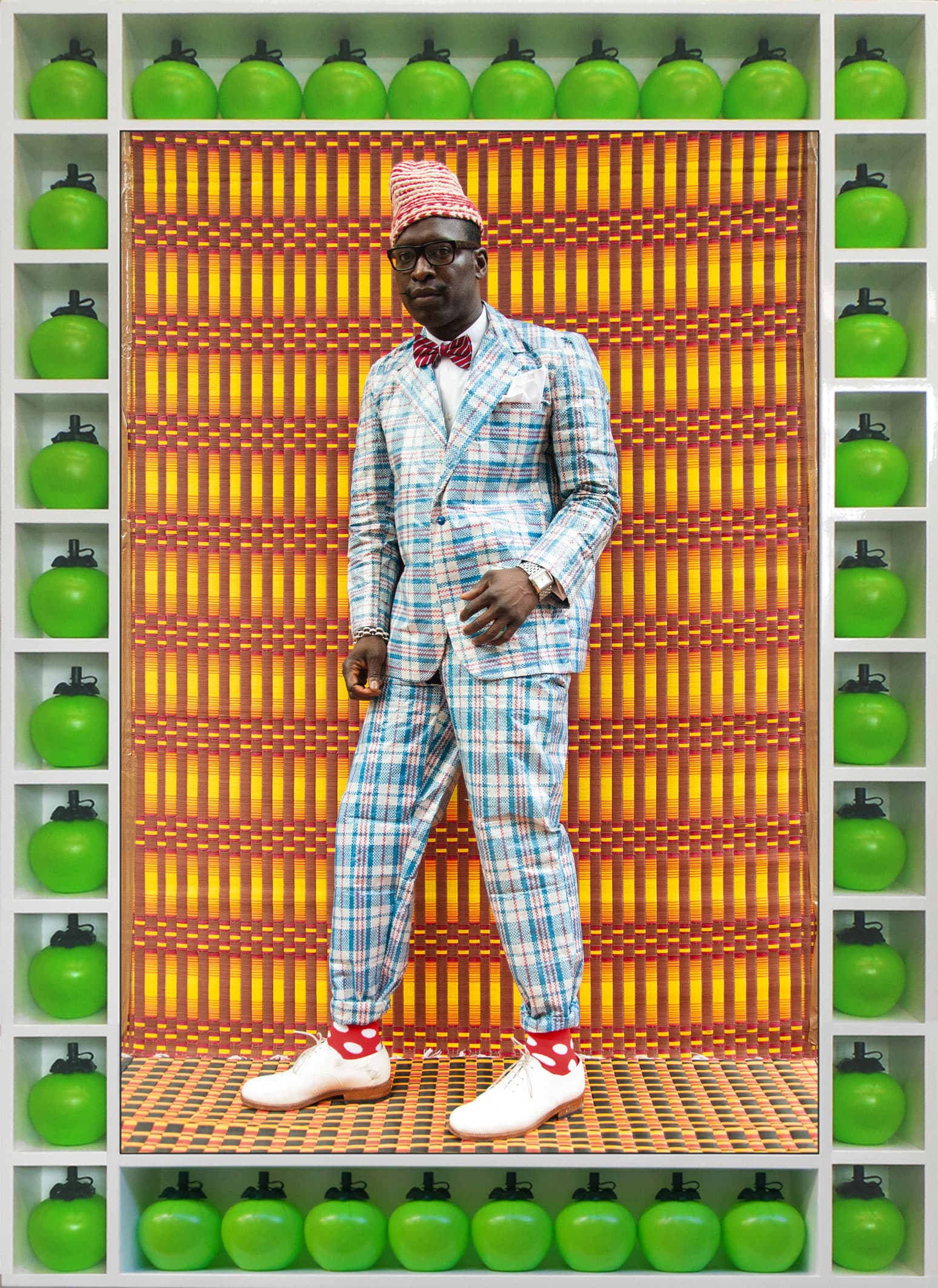
From meeting and photographing so many people from around the world – what do you see as the key things that unite us as people?
It’s been a journey, but I have started to try and use my images to unite people, and to show that we are all the same wherever we come from and also different depending on our life journeys. I am lucky to have the opportunity to photograph so many different people from all over the world. They are the reason that I’m able to do my job.
Tell us about the ‘Le Salon’ installation…
Le Salon is an immersive art installation, a unique space that I have designed and furnished myself. Le Salon invites visitors into a domestic, familiar background, offering a social experience where people can interact with each other and with their environment. It will serve as an open space for local performers, musicians and spoken word artists to share their creativity with others and experience this together.
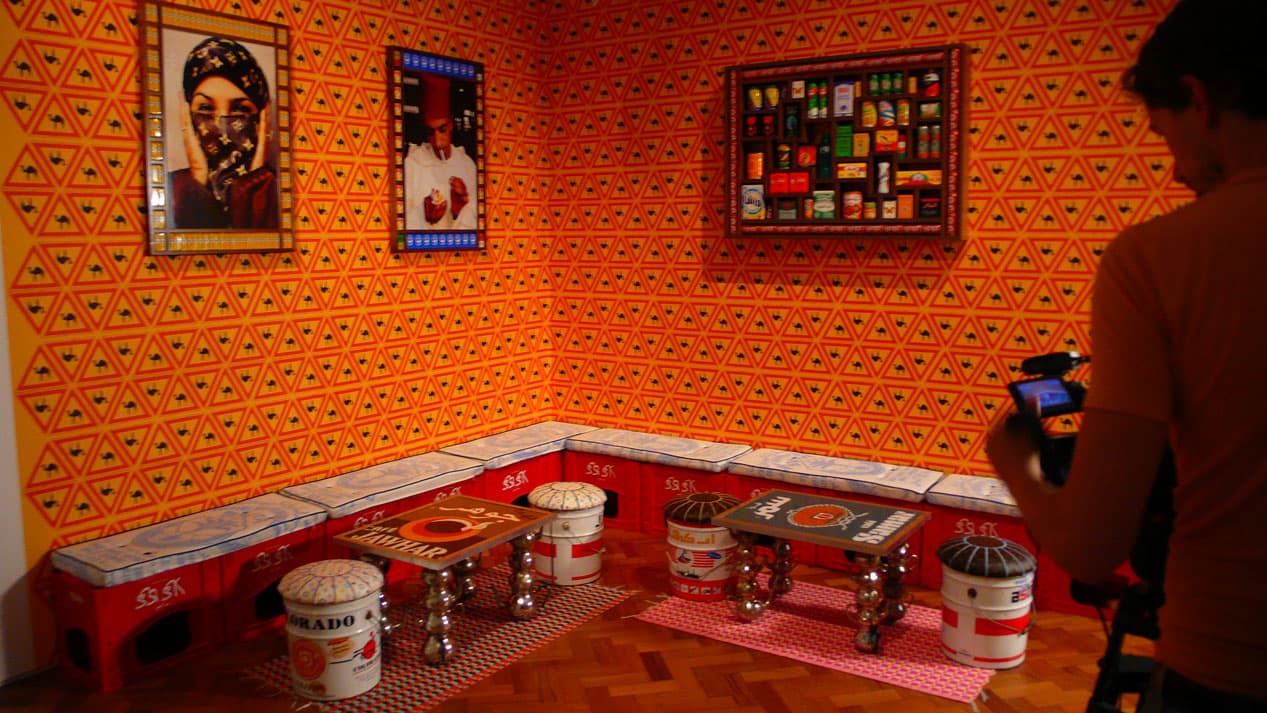
You started out as a fashion designer; do you draw on this in any way with your work? And could you ever see yourself working in the industry again?
I wouldn’t call myself a fashion designer. If I have an idea or concept, I develop it in the most natural way I know. Fashion is another form of expression, and I work with it the same way that I design furniture, spaces or prepare a photoshoot. I’m not good with categorising!
Kesh Angels is a very powerful series – who are these young women?
For this, I took the name of ‘Hell’s Angels’ but used it to create an obvious link with Marrakech (or Kesh). Most of the women I chose to photograph were local girls, henna artists or dancers. Marrakesh is a bike city because of its narrow streets – men and women, young and old, use motorbikes to get around, wearing traditional or modern clothes. I wanted to use this reality to present these characters in my photographs.
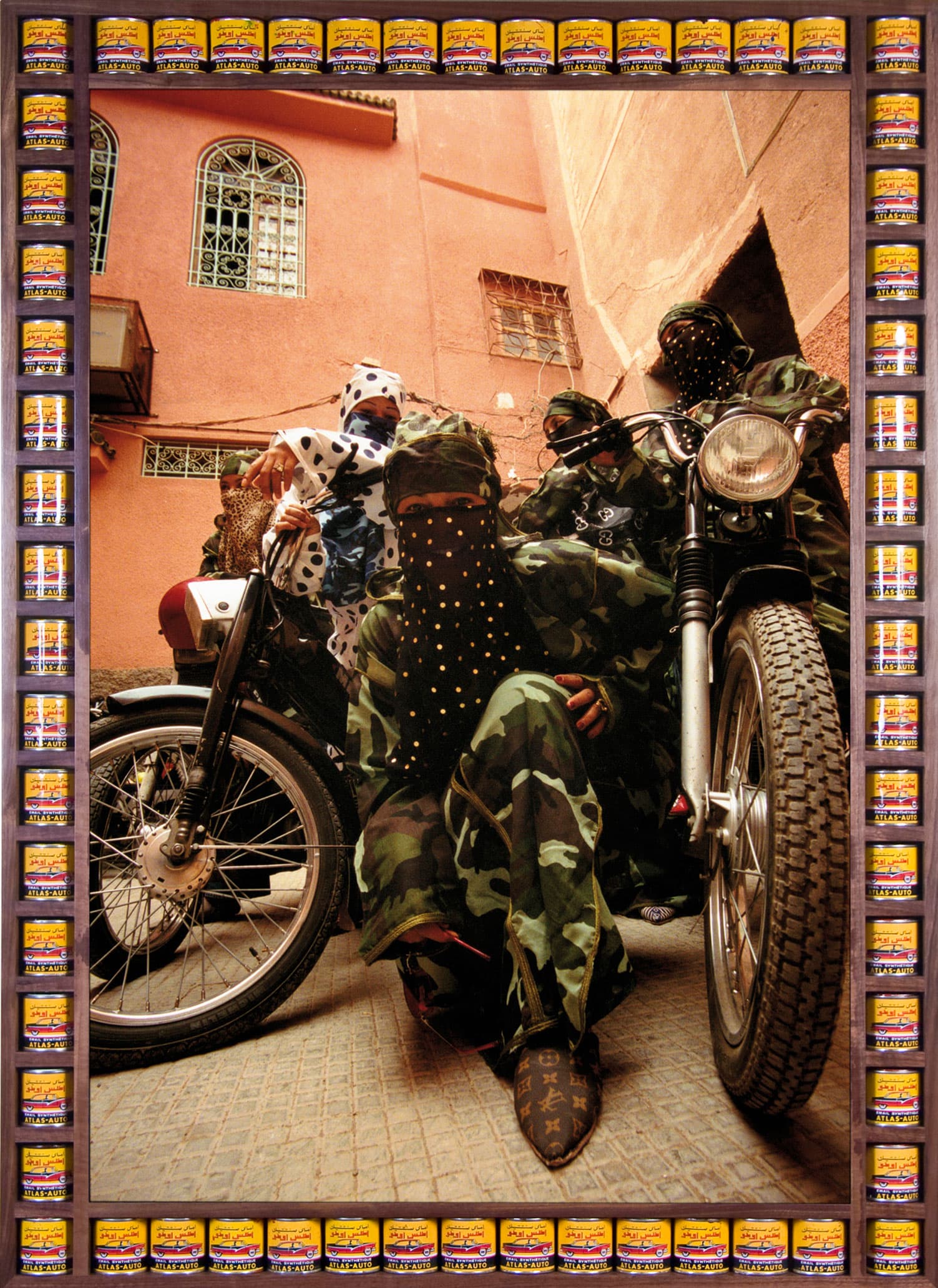
Do you think that society is starting to develop and portray a more nuanced view on Muslim women, or is there still a long way to go?
I would love to say yes but there is still long way to go
Do you see the experience of the diaspora as being one that is universal? Is it important to make those connections in your art?
Yes I do, but I really had to take time to consider how this features in my art and work it out as I went along.
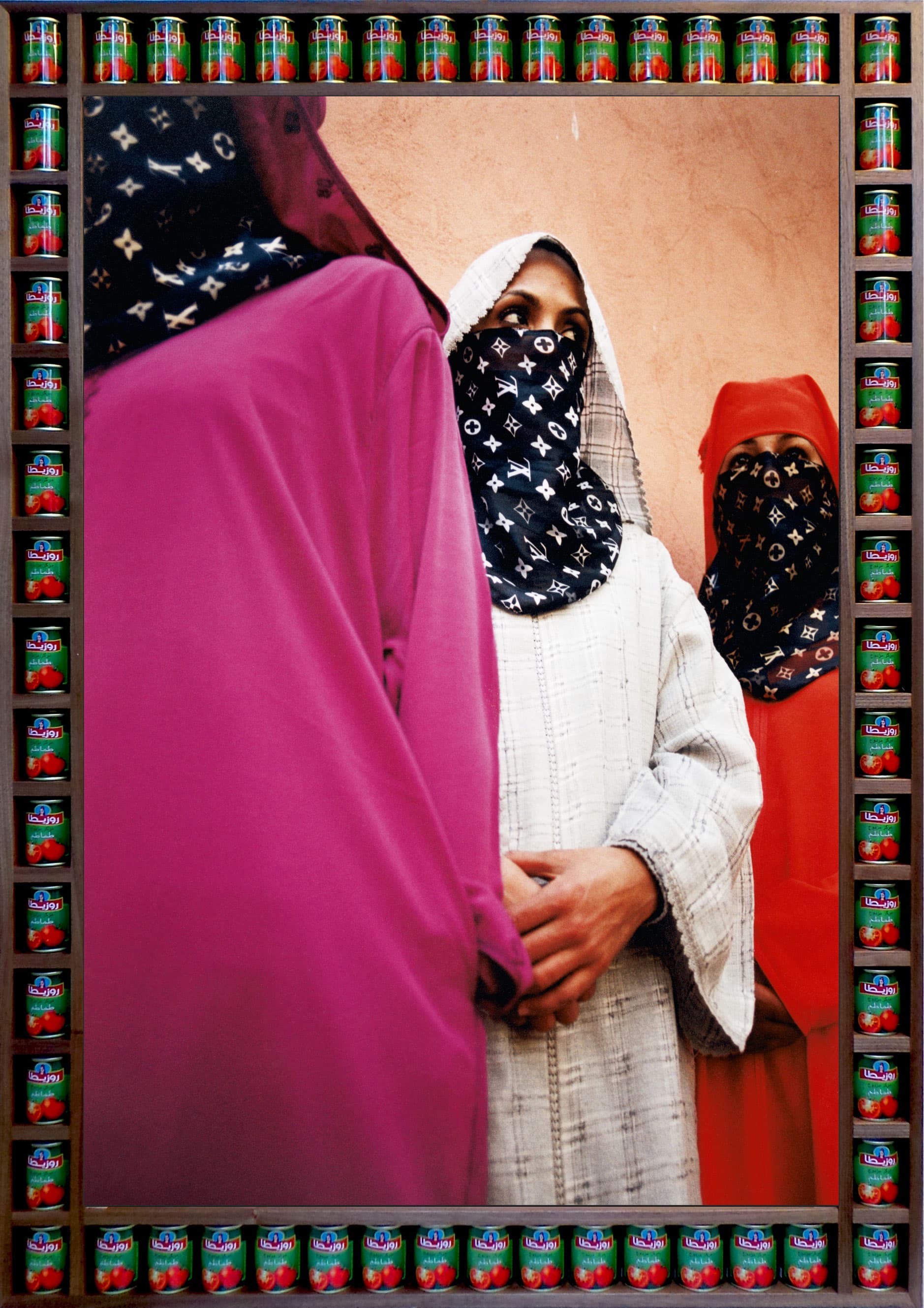
You incorporate pop art iconography in your work – are there any particular artists from the movement that inspire you?
Not really. I would say I am inspired more by close friends, like Zak Ove, Yoriyas or masters like Malick Sidibé and Yinka Shonibare.
You’ve recently photographed Cardi B, Madonna and Will Smith – is it a different experience to work with a celebrity than the everyday characters you are used to capturing?
I work with them as I would with anyone, really. I make an effort to create a normal, comfortable environment for them to relax in.
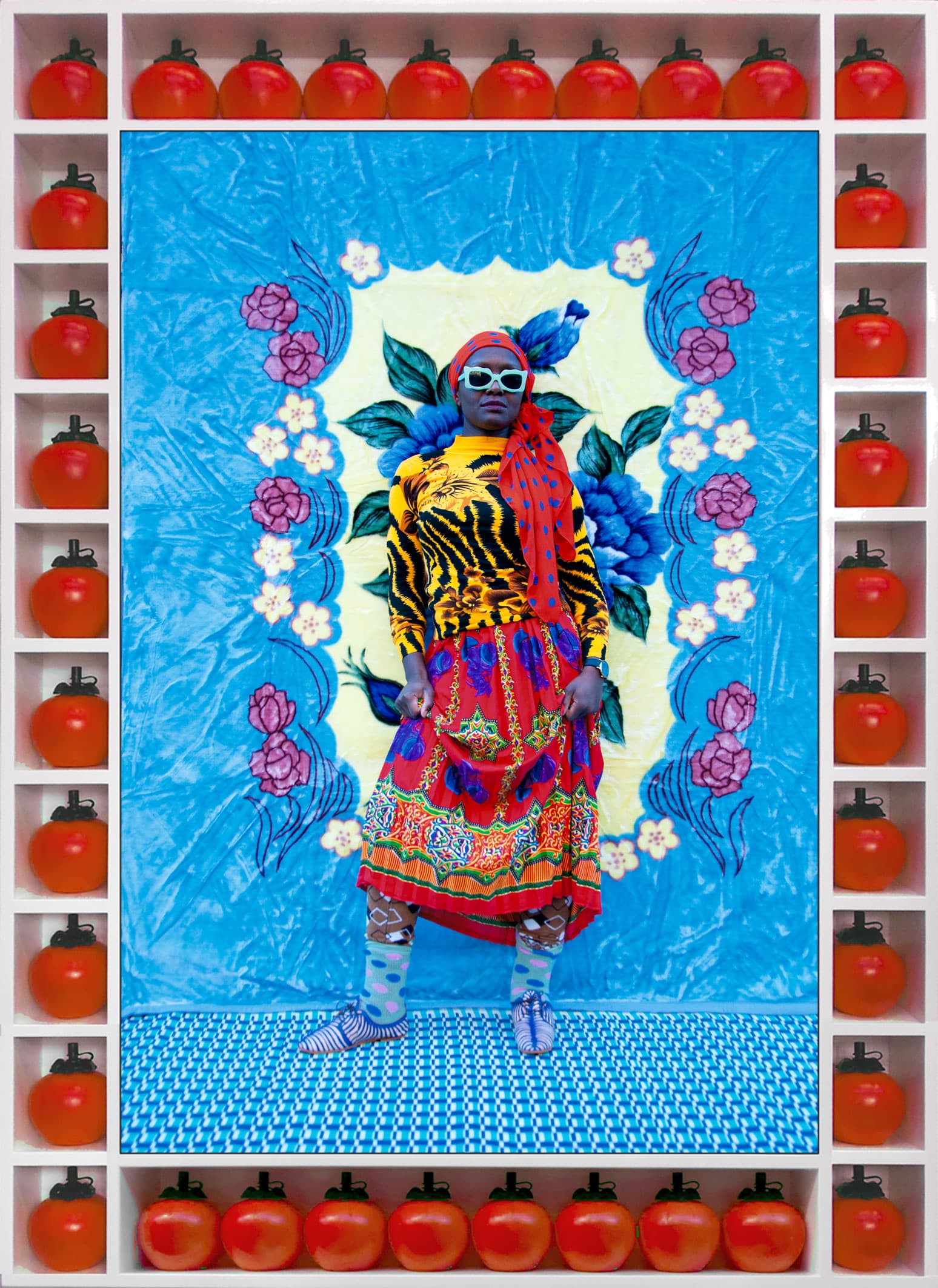
What’s your biggest pleasure in everyday life?
Simplicity.
Thanks Hassan!
Hassan Hajjaj’s ‘The Path’ exhibition is at New Art Exchange in Nottingham until 23rd June – find out more about the exhibition
